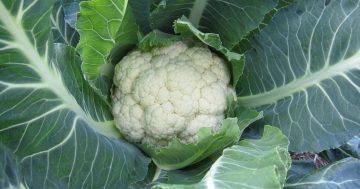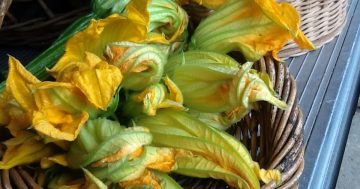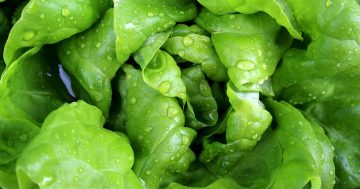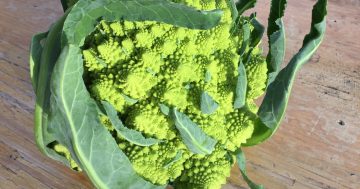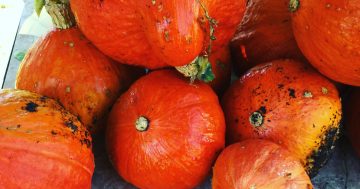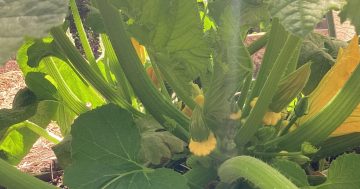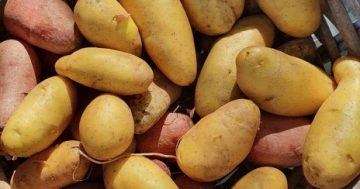
Zucchinis are delicious grilled or fried. Photos: Joyce Wilkie.
I adore zucchinis and despite all the jokes, the endless picking, the giant zuccs that are totally record-breaking not to mention the fiddling around with zucchini flowers, I really do miss this vegetable come the first, killing frost.
So right now I am hanging out for a grilled zucchini on the BBQ, a glorious zucchini frittata or even a few tiny, first arrivals, gently steamed then fried in butter with some rosemary.
The secret to a love affair with this member of the cucumber family is simply to not grow too many plants. Three to five plants will more than adequately supply any family and allow you to give them away too.
You must make sure someone picks them every day and I mean every day, every four days just won’t work. The commercial growers pick twice a day to ensure even, marketable size and even they miss some.
The great redeeming feature is that the odd, missed zucchini that just seems to explode out of nowhere, can always be grated then turned into some salad, pickled or cooked dish that is delicious.
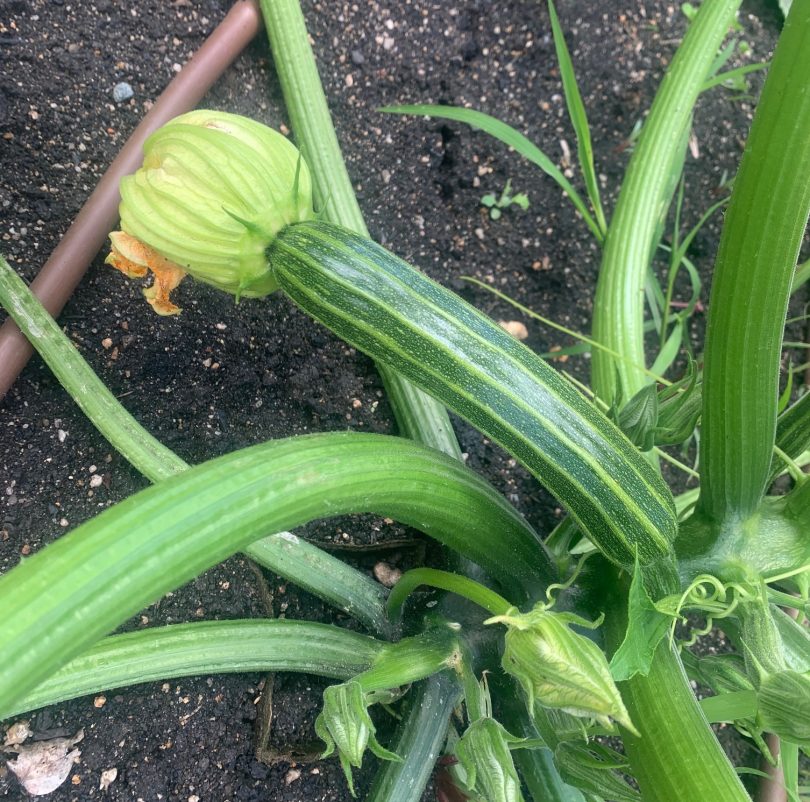
Zucchinis must be picked regularly.
If you are only going to grow a few zucchini plants which ones should you grow? Blackjack is the tried and true favourite. It is the dark, green-skinned option always available at the green grocer.
Unfortunately, Blackjack’s commercial success is not predicated on taste or texture. The dark skin allows it to survive transport and storage but as for texture it always errs on the side of watery.
If you want to grow delicious, firm-fleshed zucchinis at home look to Italian heirlooms. I love Romanesco, a deeply ribbed, pale green cultivar. Even when quite large these zucchinis are dense and full flavoured.
The downside is that the plants are enormous, huge sprawling vines that may not suit every garden. Recently I have come across a much more manageable Italian cultivar, Cocozelle, also striped but darker and not so deeply ribbed as Romanesco. It is a dense fleshed, bushy variety with superb flavour and texture.
Make sure you plant your zucchinis in very well prepared, rich soil. The plants love nitrogen so blood and bone or fish emulsion will help them thrive.
The plants produce both male and female flowers. Learn to distinguish the difference. The male flowers appear at the end of a slender stalk, the females have an immature zucchini at their base.
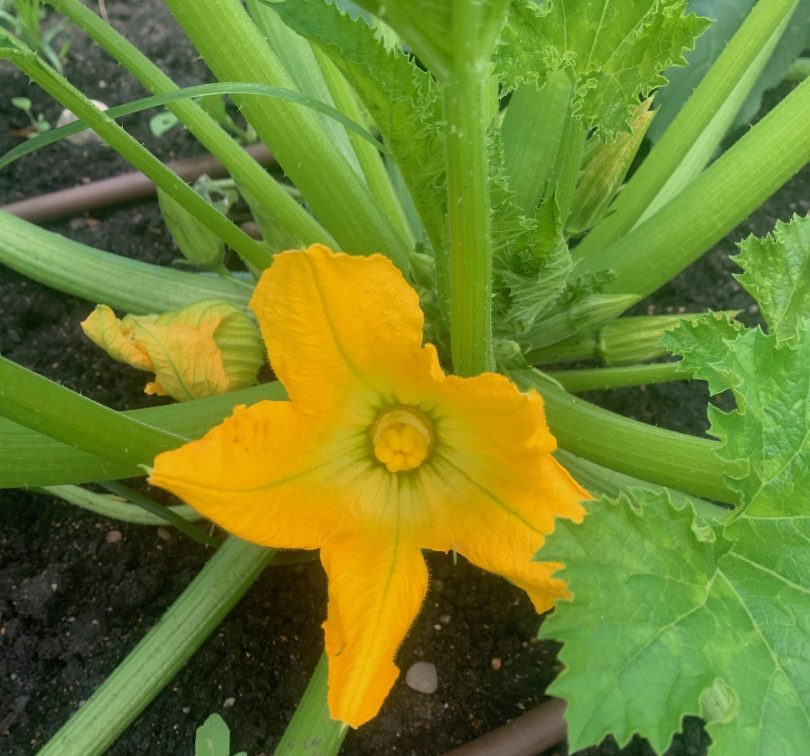
Zucchini flowers pollinate readily.
To grow into a full zucchini fruit the female flowers needs to to be pollinated by a bee or other insect. An early morning visit to the vegetable garden will reveal bees diligently moving from one zucchini flower to another, completely oblivious to the fact that they are an essential service moving the pollen from the male flowers to their female counterparts.
If at any stage in the season you are feeling overwhelmed by zucchinis then intervene. By going out and picking all the yellow blossoms early in the morning, both male and female to be turned into delicious stuffed zucchini flowers, you will temporarily slow the bounty flowing into your kitchen.
It’s a form of zucchini contraception if you will and a respite from the daily picking. The plants will also thank you.
If you allow zucchinis to simply grow and grow they may win first place at the local show but the plants will go into seed production mode and become exhausted and very susceptible to fungal attack. They will slow down and be unable to keep producing the small, delicious, immature young fruits so desirable on our table.
What I’m Eating:
- Asparagus
- Broadbeans
- Chinese greens
- English Spinach
- Fresh Green Garlic & Garlic Scapes
- Parsley
- Peas
- Rhubarb
- Salad greens
- Silverbeet
- Spring onions.
What Seedlings I’m Growing
- Basil
- Celery & Celeriac
- Late Tomatoes
- Endive
- Leeks
- Lettuce–Cos, Salad Bowl
- Parsley
- Silverbeet
- Spring Onions.
What I’m Planting Straight Into The Ground
- Beetroot
- Coriander
- English Spinach
- Mesclun Salad Mix
- Potatoes
- Radish
- Rocket.
Joyce Wilkie has farmed vegetables and free-range poultry at Allsun Farm, Gundaroo for decades. Educating people about where their food comes from and teaching them how to grow it is her abiding passion.












